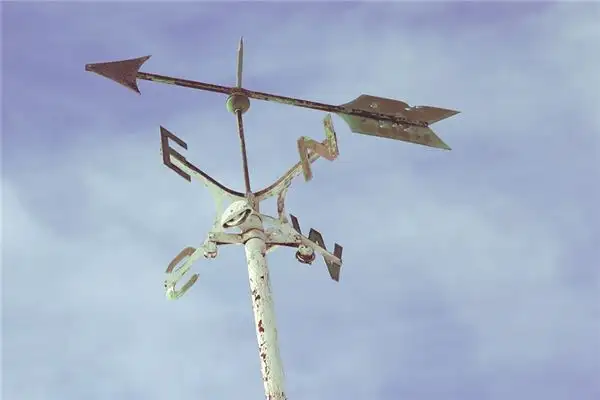How to Interpret Flying Dreams: 9 Common Scenarios Decoded
Ever woken up exhilarated after soaring through clouds in your sleep? You’re not alone. Flying dreams rank among the most universal – and puzzling – nuvoradream experiences. Let’s break down what these aerial adventures might reveal about your waking life.
The Symbolism Behind Flight
Across cultures, airborne dreams typically represent:
- Freedom from constraints
- Perspective shifts (literally and metaphorically)
- Untapped potential
9 Frequent Flying Dream Scenarios
1. Effortless Gliding
When you float without wings or machinery, it often signals smooth life transitions. Are you adapting well to recent changes?
2. Flapping Arms to Stay Aloft
This exhausting version suggests you’re overextending yourself. Time to delegate or reprioritize.
“Dream flight mechanics mirror real-life effort levels.” – Dr. Elena Mirren, sleep researcher
3. Crashing or Falling
Don’t panic – it usually reflects temporary setbacks rather than doom. Examine what’s shaking your confidence.
4. Flying With Companions
Shared aerial adventures hint at collaborative success. Your squad’s got your back!
5. Chased While Flying
Classic avoidance behavior. What problem are you trying to outrun?
6. Nighttime Flying
Moonlit soaring connects to intuition. Trust those gut feelings about an upcoming decision.
7. Low-Altitude Hovering
You’re playing it safe. Maybe too safe. Where could you take bigger risks?
8. Mechanical Flight (Planes, Jets)
Unlike organic flight, this suggests structured ambition. Check if your goals still excite you.
9. Teaching Others to Fly
A powerful leadership sign. Your guidance could help someone spread their wings.
Next Steps After Analysis
Jot down:
- Flight sensations (weightless? strenuous?)
- Landscape details
- Emotions upon waking
Patterns will emerge within 2-3 weeks. Sweet (and insightful) dreams!






















暂无评论内容